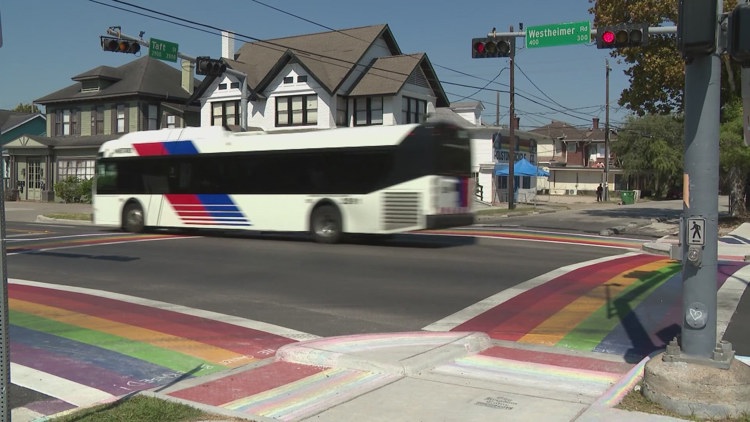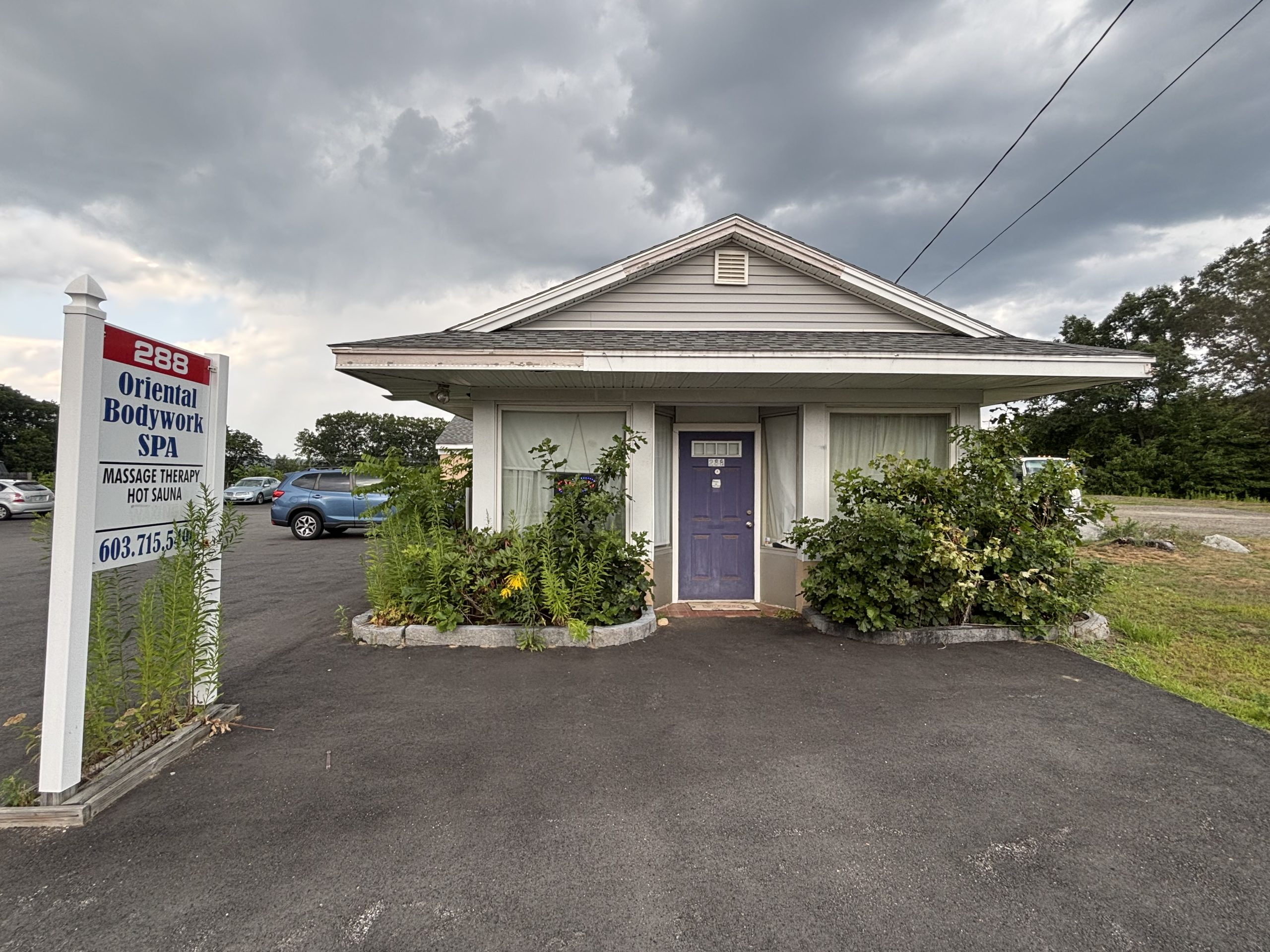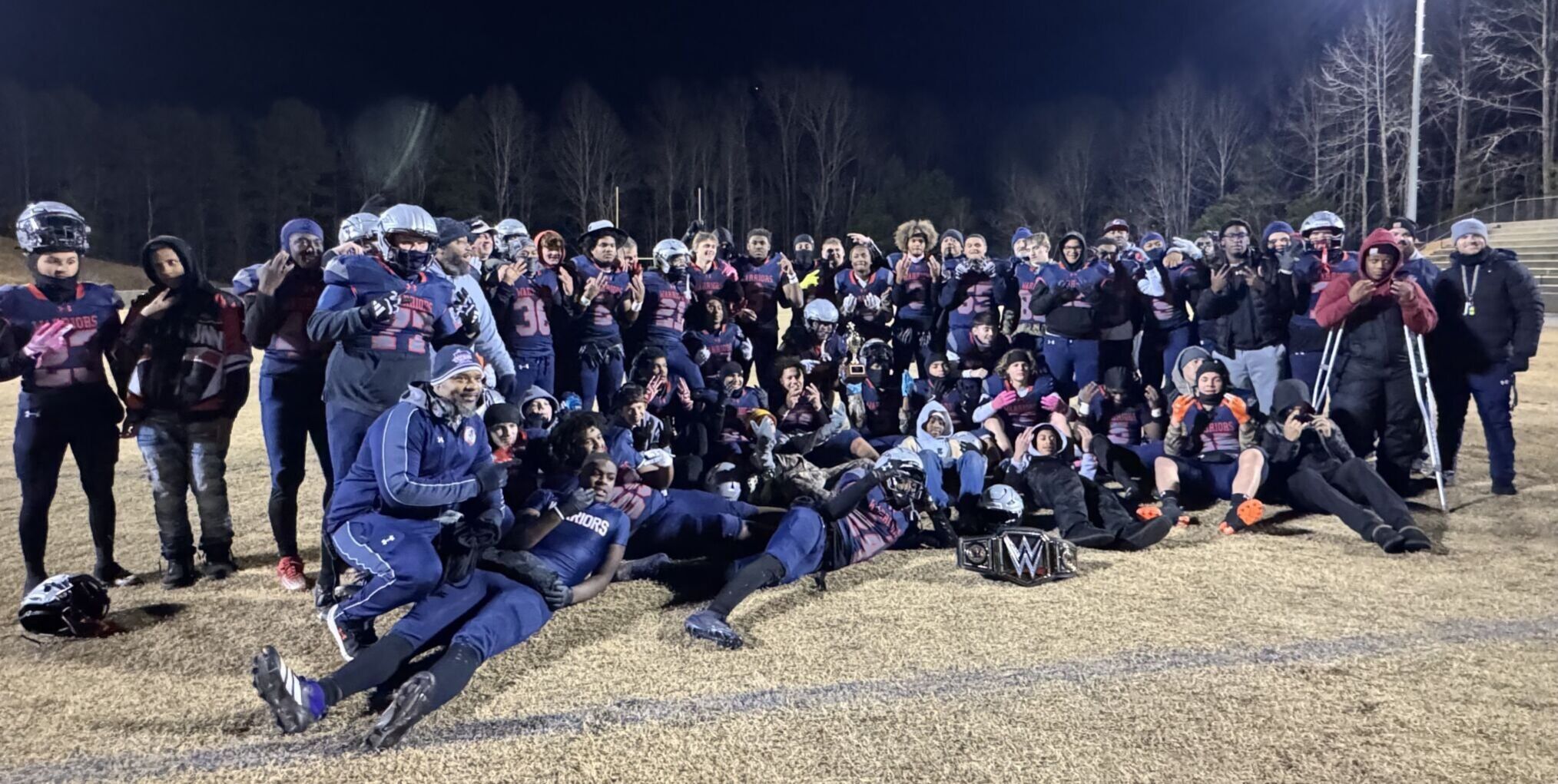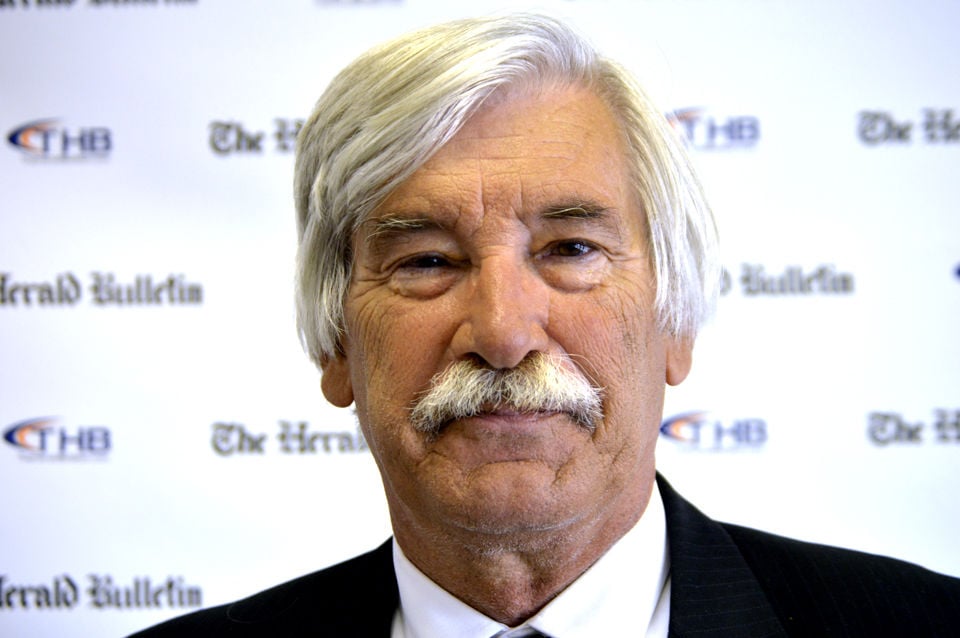A battle over a rainbow crosswalk in Houston’s Montrose neighborhood has placed the city in a challenging position. Mayor John Whitmire says federal funding is at risk if the city fails to remove the colorful road markings, and he now seeks a way to preserve both the city’s budget and community pride.
Mayor Whitmire looking for options after city ordered to paint over rainbow crosswalks

Key Takeaways:
- Potential Loss of Federal Funding
- Mayor Whitmire’s Call for Solutions
- Significance of Montrose’s Rainbow Crosswalk
- Heightened Local Debate
- Ongoing Search for Common Ground
The Federal Funding Threat
Houston officials are bracing for a potential budget shortfall after being notified that keeping the rainbow crosswalk in Montrose could cost the city federal funding. According to Mayor John Whitmire, the city “would lose federal funding if it didn’t paint over” the vibrant crossing. This directive has put local leaders at odds with members of the community who value the symbol’s presence in their neighborhood.
The Crosswalk and Its Significance
Montrose, known for its cultural diversity, has long embraced symbolic representations of community pride. The rainbow crosswalk is seen by some as an iconic marker of inclusivity. However, the order to paint it over pits local expression against the strict demands tied to federal resources—resources that, if lost, could impact multiple services and programs in Houston.
Mayor Whitmire’s Perspective
Mayor John Whitmire remains at the forefront of the discussion. He emphasizes that, without compliance, “the city would lose federal funding,” a risk that could have ripple effects across various departments. Recognizing the importance of Montrose’s identity and the expressive purpose of the crosswalk, Whitmire is now urging a dialogue to avoid painting over it outright if possible.
Seeking a Resolution
While the city moves to comply with the requirements, Houston officials are exploring alternative solutions. Mayor Whitmire has noted that he is “looking for options” and wishes to “discuss a solution.” The challenge lies in balancing administrative obligation with community sentiment. At this stage, local leaders have not detailed a specific plan, but they continue to review possible compromises that adhere to federal standards while acknowledging the crosswalk’s importance to many residents.
In the coming days, the city will work toward an outcome that honors both the need for compliance and Montrose’s vibrant identity. As the situation unfolds, the debate highlights how budgetary directives can conflict with cultural symbols—leaving officials to find common ground that respects local values without jeopardizing crucial funding streams.











